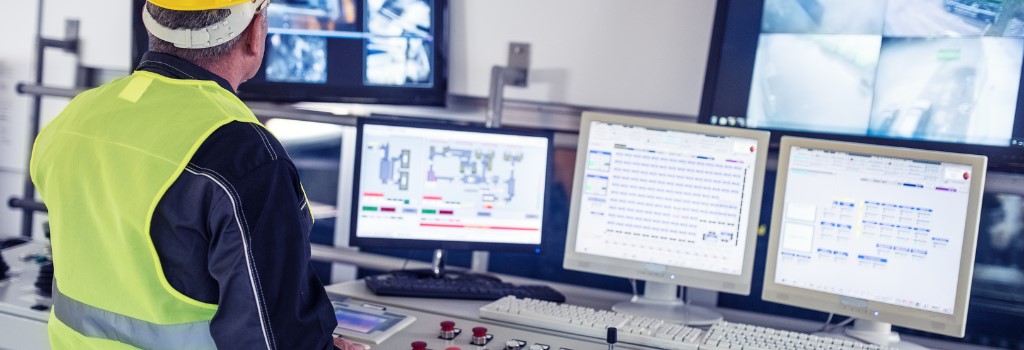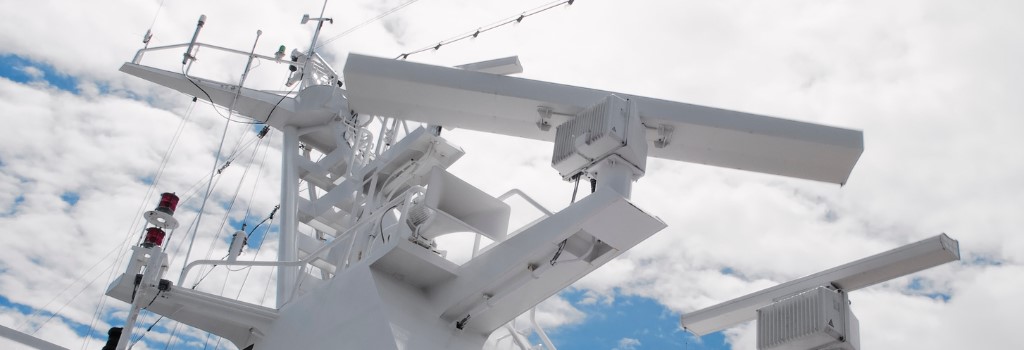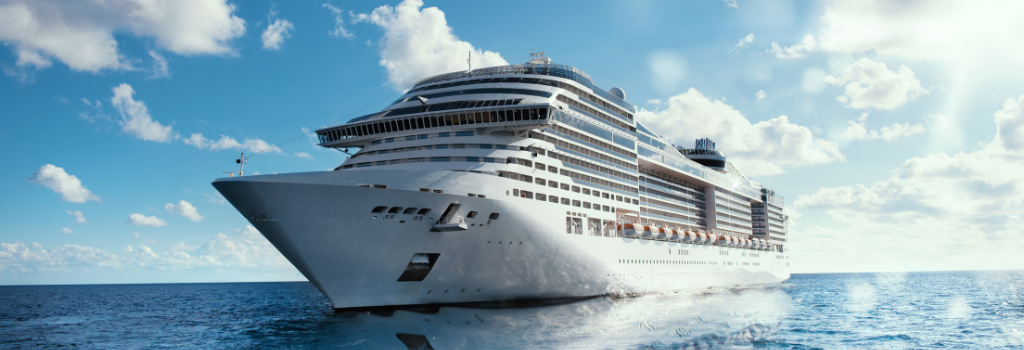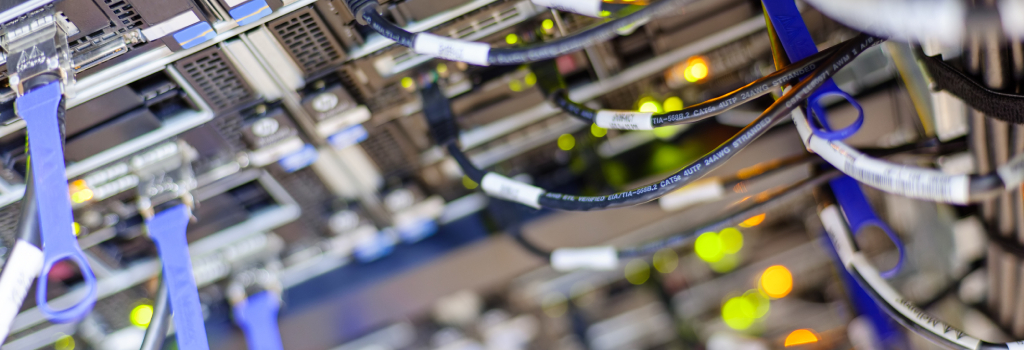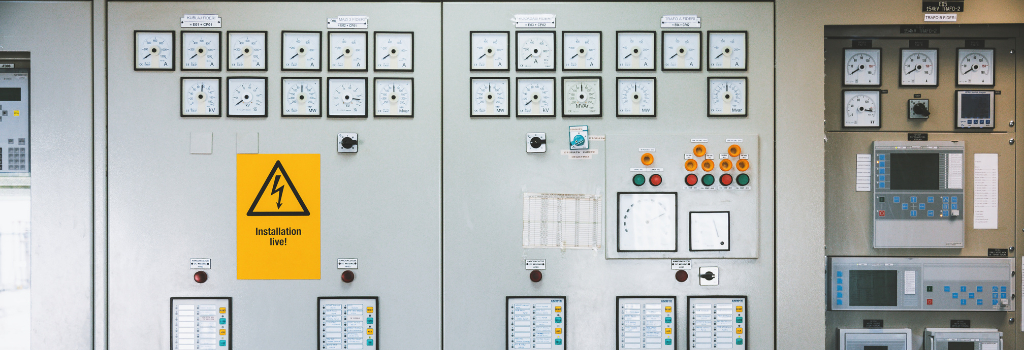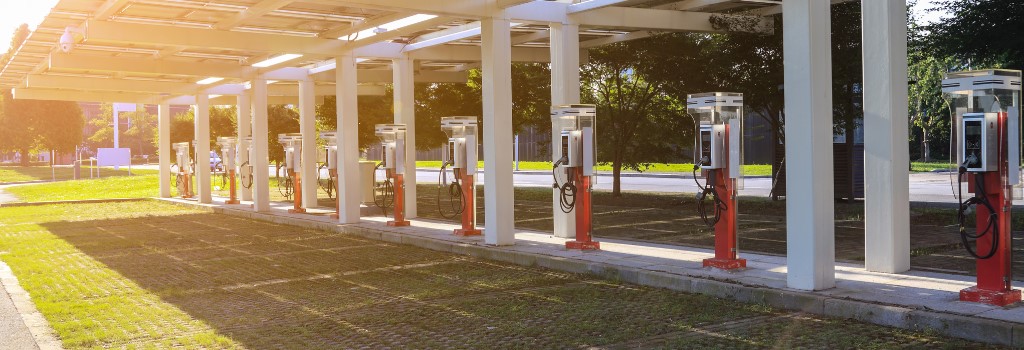- Category: Network Computing
Driven by business benefits from richer real-time information sharing, analysis, and responses, the integration of IT and OT is a well-established trend, however operational technology (OT) security is still often overlooked. Many organizations are shifting towards the Zero Trust security model to strengthen their respective network security and improve cyber resilience across industries.
Read more: Industrial Cybersecurity Appliance for Zero Trust OT Security Implementation
- Category: Network Computing
The maritime industry is increasing relying on stable and secured internet connectivity onboard cruise ships and yachts for a variety of internal and external communications such as VoIP, broadband Internet, asset tracking, entertainment and more.
Read more: NCA-4240: Securing Maritime Internet Connectivities
- Category: SD-WAN
Along with other industries, the maritime industry is rapidly evolving and the latest technologies are revolutionizing the way cruise ships and yachts operate. Current maritime internet at sea maybe expensive and slow, while cruise ships have generally gotten a bad reputation for offering travelers slow and expensive Wi-Fi on board. However, the maritime industry's appetite for data bandwidth is growing and there are some advantages, but also some drawbacks to consider for satellite-based maritime internet.
Read more: SD-WAN Platforms Improving Resilient Maritime Internet Connectivity
- Category: Telecommunication
As cities are becoming both digital and smart, communication has become the fifth core infrastructure network after water, electricity, gas, and transportation. To keep up with the demand for bandwidth generated by consumers and applications, service providers and network operators need to optimize the performance and scaling of their existing networking architectures while generating innovative and cost-effective ways to deliver the services.
Read more: HTCA-E400 Unleash the Power of Optical Network Infrastructure
- Category: SD-WAN
Multi-protocol label switching (MPLS) is a solid networking technology that has powered enterprise networks for over two decades, connecting remote branch offices that require access to data or applications inhabited in the organization’s data center or headquarters. MPLS held many benefits over IP routing, however, it also became a challenge as the process consumes time and hardware resources, which results in degraded performance, especially for real-time applications. This challenge was further exacerbated during COVID times, which has significantly increased online usage and transactions.
Read more: uCPE Platforms Accelerate SD-WAN Digital Transformation for Cinema Chain
- Category: Power and Energy
With the growth in industrialization and electricity access across the globe, electrical power consumption continues to grow at a rapid pace and therefore, it becomes very important to efficiently and skillfully manage power distribution and consumption. Automation in the power sector has become a requirement as it enables smart grids that can control and monitor power to minimize losses, improve reliability and productivity, manage demand cost-effectively and enable future-capacity planning.
Read more: Critical Infrastructure Resilience System Facilitates Interconnected Utility Networks
- Category: Intelligent Systems
We’ve been witnessing since early 2013 the exponential growth and popularity of electric passenger vehicles and to this day this trend does not show signs of slowing down as EV sales, government EV subsidies and manufacturers’ pledges for reducing carbon footprint, all point towards a gradual but inevitable EOL of almost all internal combustion engine (ICE) vehicles.
Read more: LEC-7242H: Enabling OCPP Compliant And Environmentally Sustainable EV Charging Stations






